Browse Images Maps Play YouTube News Gmail Drive More Help Report a problem about Google Groups Keyboard faster ways Check in.
Chalking is a grainy residue on the roofing surface resulting from destruction of that material from direct exposure. It is NOT from settled dirt. Chalk must be gotten rid of by cleansing in order for the used finishes to have correct adhesion. The best way to clean your roofing system is to power-wash the surface.
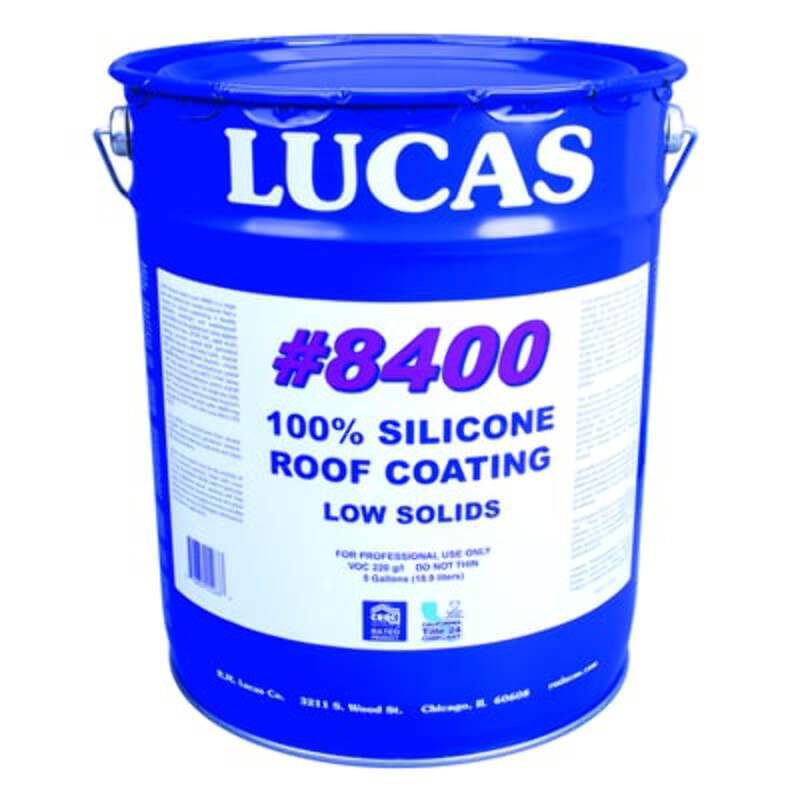 Tips For A Better Roof
Tips For A Better Roof
We advise you scrub the roofing system with water and TSP (Trisodium Phosphate) option to remove all dirt, oils, grease and chalk. TIP: Before coating begins, roofing system surface area should be talked to tape to see if it is actually clean. If the tape manages tight and evenly, the surface is clean.
NOTE: If no amount of cleaning produces a sufficient tape pull, a primer needs to be considered. The 3 M's Mildew, Moss and Mold, are normally fuzzy, greenish or bluish-grayish-white and THEY'RE ALIVE. Cement and tile roofings are especially susceptible to mildew since they consist of minerals which are needed to support growth.
Homepage: how much to fix roof shingles https://articlescad.com/roof-coating-contractor-for-elastomeric-roof-326132.html
To safeguard your roofing, provide correct drain and expose shaded areas to sunlight where possible. Susceptible areas that can not be remedied must be cleaned up with a chlorine bleach option twice each year. Tidy the roofing surface area by power-washing or scrubbing with TSP (Trisodium Phosphate). Treat mildewed locations with a chlorine bleach service.
Follow the Kool Seal easy 3-Step Process for the Moss: extremely small plants that grow in silky, green clusters on moist surface areas. Mold: a downy or furry development on the roofing system surface area caused by fungi, particularly in the presence of dampness or decay. Mildew: a fungus that can appear on a surface when exposed to wetness, it looks like a thin, furry, whitish discoloration.
What Is A Roof Restoration?
It is crucial to seal your roofing as quickly as you see indications of alligatoring. If the surface area is left unguarded, it can deteriorate beyond a point where a roofing system finishing will work. Remove loose previous finishing. Tidy the roof with water and TSP (Trisodium Phosphate). Rinse completely and let dry.
Usage to reinforce patching cement on all fractures. If your roofing system looks like this, see a roofing expert and have it replaced. This is what happens to asphalt if it's left exposed and unguarded. The very best way to prevent this from happening to your roofing is to patch and enhance all cracks with or.
Like Blister on your skin, blisters on a built-up roofing (or BUR) occur when water gets trapped under the top layers of the surface. With a little bit of work you can remove this issue from your roof. If in doubt, consult a qualified Roofing Expert. Remove loose previous finishing.
Wash completely and let dry. On blistered locations, cut an X through the entire blister and enable moisture to vaporize and dry thoroughly before patching. Patch withor, the use to enhance patching cement over the blister and on all cracks. Leading coat with a for the finest performance. Envisioned left is a condition understood as loose lap.
With a little bit of work you can remove this problem from your roofing system. If in doubt, consult a licensed Roofing Expert. Prepare the surface per package directions. Protected loose laps in location with, and after that utilize to reinforce patching cement on all cracks. Leading coat with a or for the best performance.
This condition is referred to as "fishmouthing". If left ignored, fishmouths may enable water penetration into the roof. With a little bit of work you can eliminate this problem from your roofing system. If in doubt, seek advice from a licensed Roofing Professional. If loose edges extend back just a couple of inches, the loose material might be snipped off and disposed of.
Myths, Facts, And The Truth About Silicone And Elastomeric Roof Coatings
Trim flaps so they lie flat. Seal with and reinforce with. Then leading coat the entire roof surface area with a or for the best efficiency.
Check your Lexis roofing covering system regularly. Keeping the roofing tidy and without debris will give you maximum performance and longer service life. Retouch any harmed areas immediately to avoid substrate wear and tear.
Hi everybody, I'm hoping somebody can give me some insightabout a month ago my darling partner, in an effort to help me, painted the roofing system of my horse trailer with the silver seal aluminum covering. When he realized the finishing was diminishing the sides, he got the intense idea to just paint my whole (steel) trailer with it.
It's now a mahogany color. He likewise used a paint brush, so it's incredibly streaky. Is there a way to remove this things? I've offered him a month to fix it, but it's show season and I need my trailer back! Can I simply paint over it? The important things just cost me 3 grand, it does not need to be beautiful, would just choose for it to look a little much better than if does presently! Any recommendations would be terrific! Thanks ahead of time!!! Sorry to be the bearer of bad news but I do not know of a method to eliminate it.
I 'd say the best bet would be to put numerous coats of white paint over it. Yes the un combined aluminum coat may bleed through, so you paint it again. There are some items that will remove the asphalt, but they are extremely destructive and would make an absolute mess.
 Elastomeric Reflective Roof Coating
Elastomeric Reflective Roof Coating
https://www.youtube.com/embed/TRFjFX2e8_g
Waterproofing the Recreational Vehicle roofing is among the most important things to do. It can make a big distinction between savings and losing money on major repair work. It is why RV owners must apply a sealant to the roofing system routinely as a part of maintenance. Nevertheless, there are times when you need to take the old sealant off, and change it with a brand-new one.

 Log in with Facebook
Log in with Facebook 
 Found The Perfect Home? Make Sure Your Home Inspector Checks The Roof
Found The Perfect Home? Make Sure Your Home Inspector Checks The Roof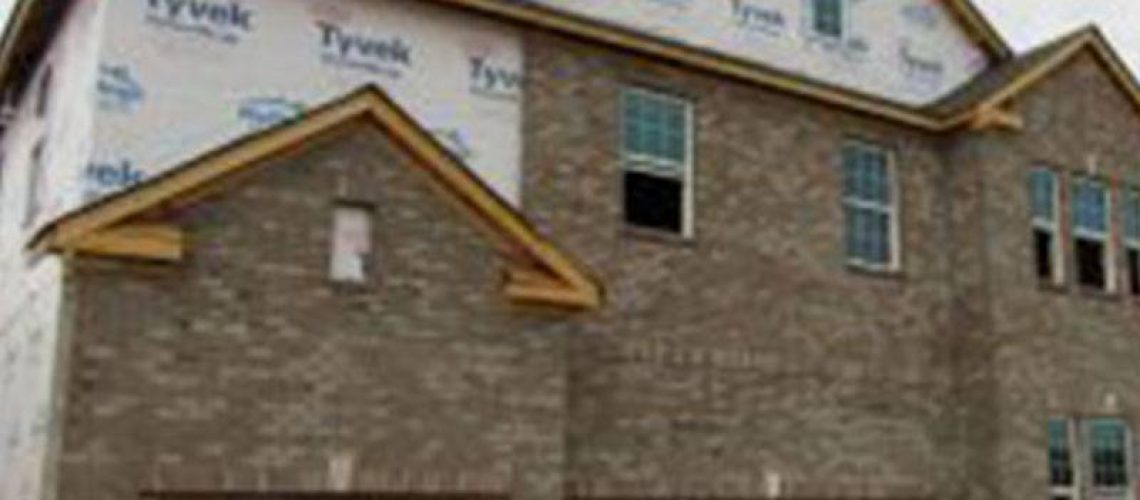 Roof Inspection Tips
Roof Inspection Tips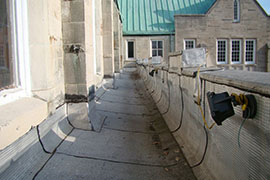 Roof Inspection Vs Home Inspections - What You Need To Understand
Roof Inspection Vs Home Inspections - What You Need To Understand Flat Roof Repair & Replacement
Flat Roof Repair & Replacement Why A Flat Roof Is Perfect For Commercial Buildings
Why A Flat Roof Is Perfect For Commercial Buildings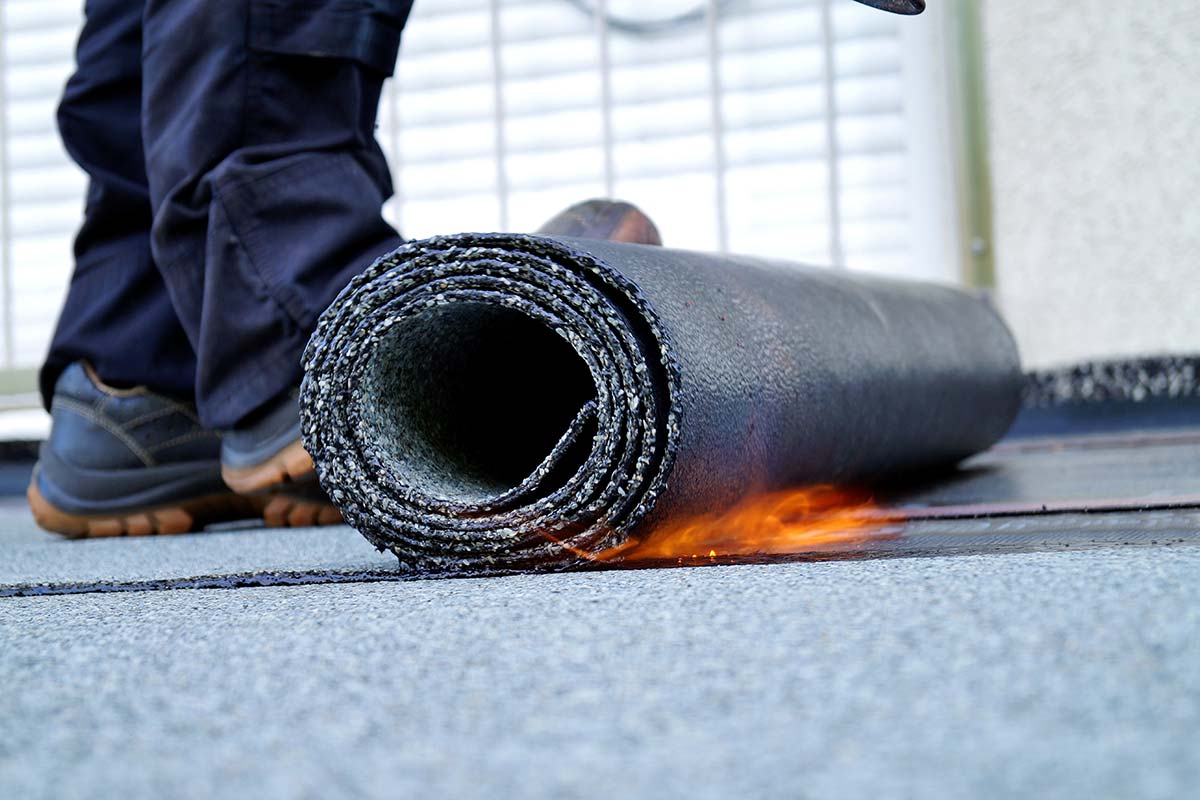 Ask A Pro - What Is The Best Material For A Flat Roof?
Ask A Pro - What Is The Best Material For A Flat Roof? Flat Roof Materials & Installation Costs 2020: Pvc Vs. Tpo
Flat Roof Materials & Installation Costs 2020: Pvc Vs. Tpo Flat Roofs And Decks
Flat Roofs And Decks Pros & Cons Of
Pros & Cons Of 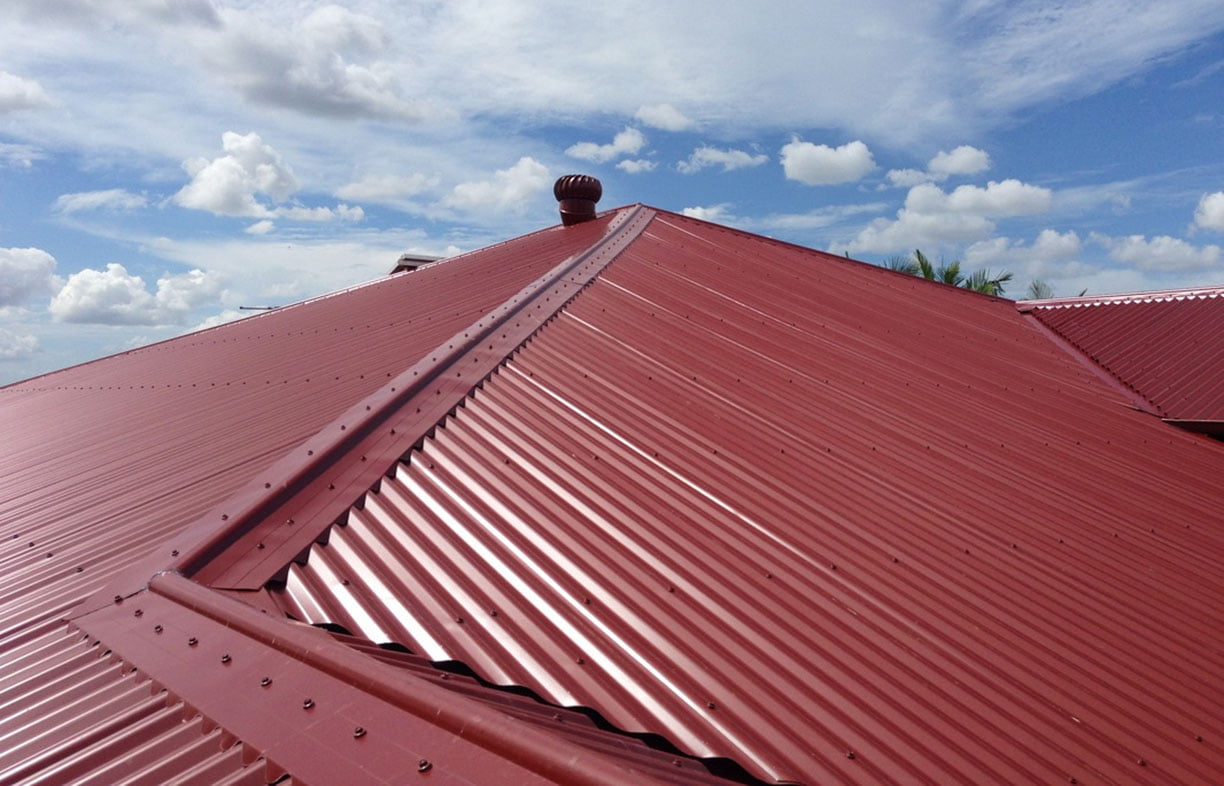 Best Flat Roof Materials For 2020
Best Flat Roof Materials For 2020 A Design & Materials Guide For Residential Flat
A Design & Materials Guide For Residential Flat 




